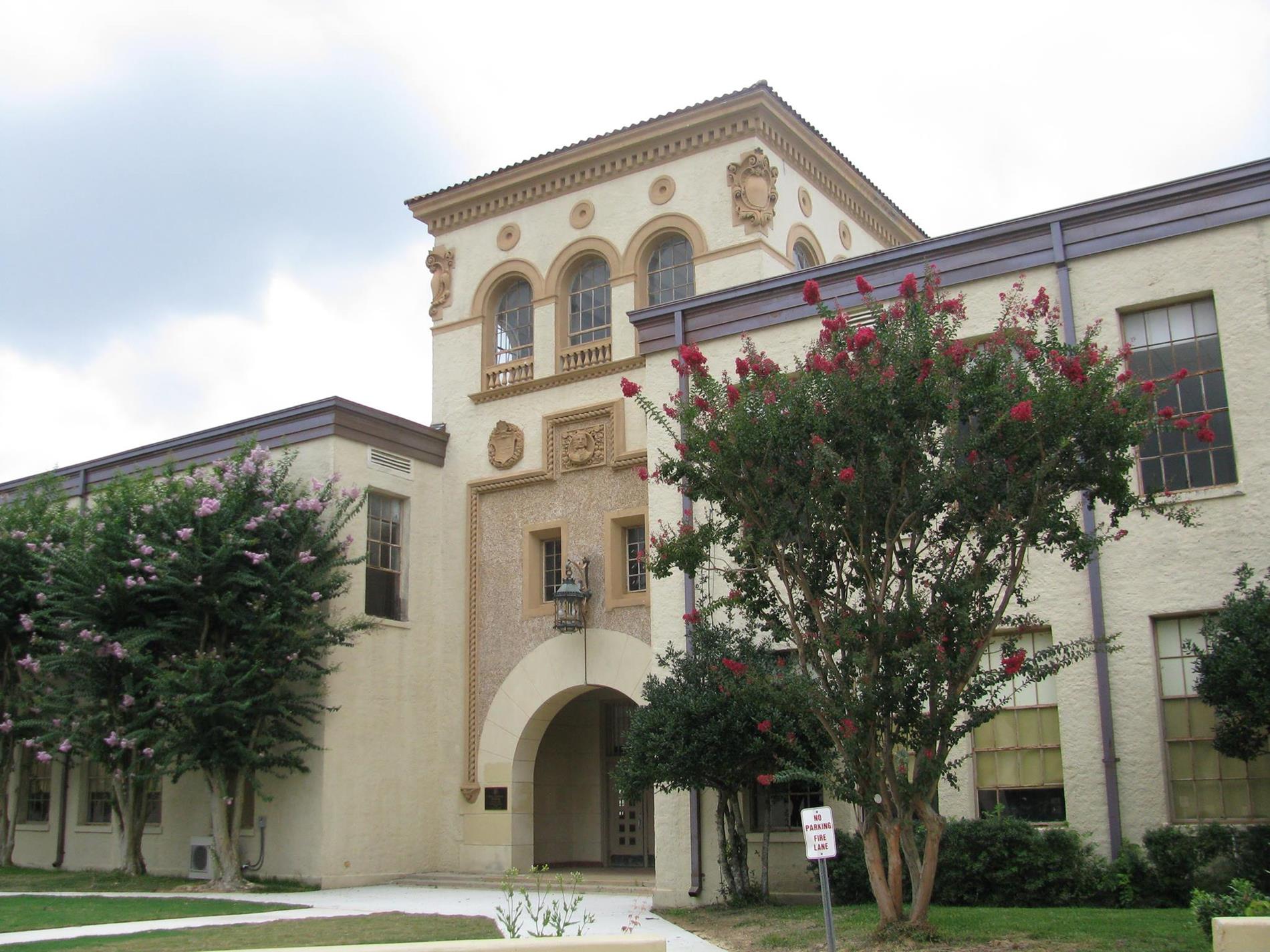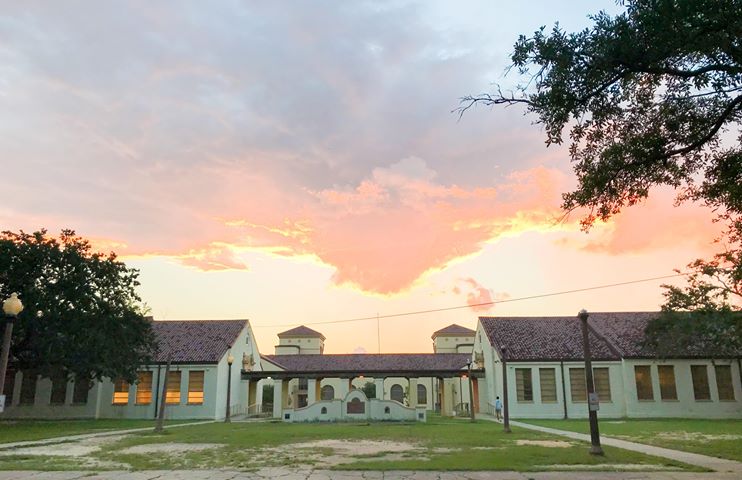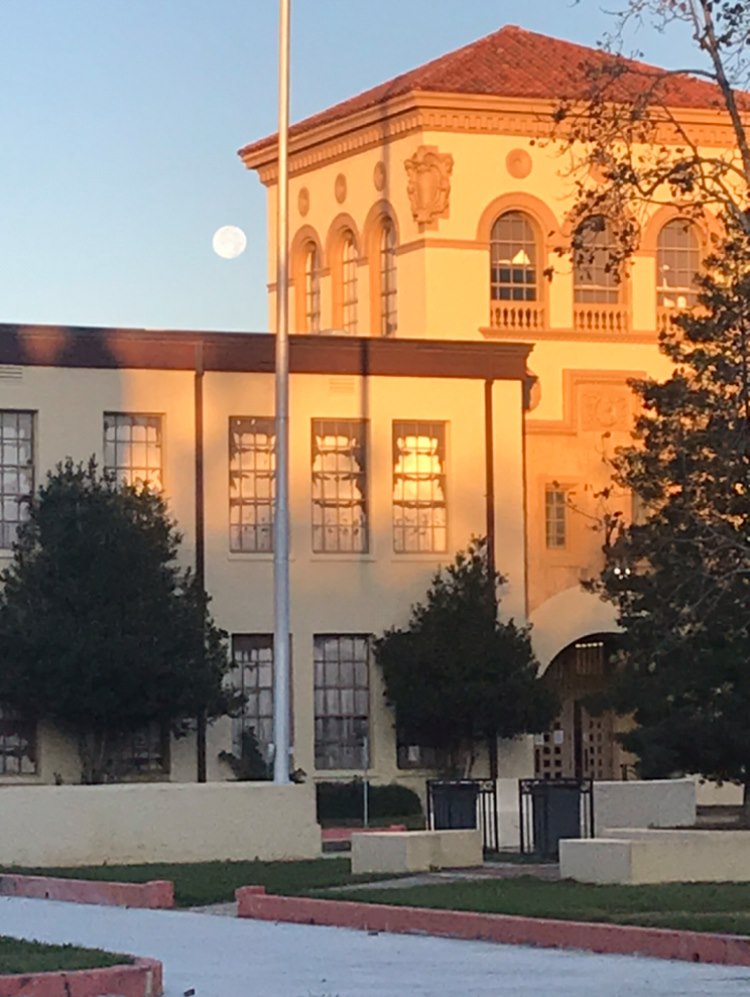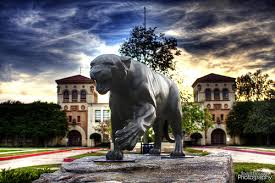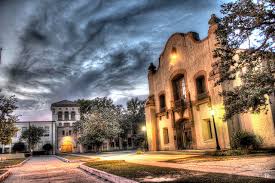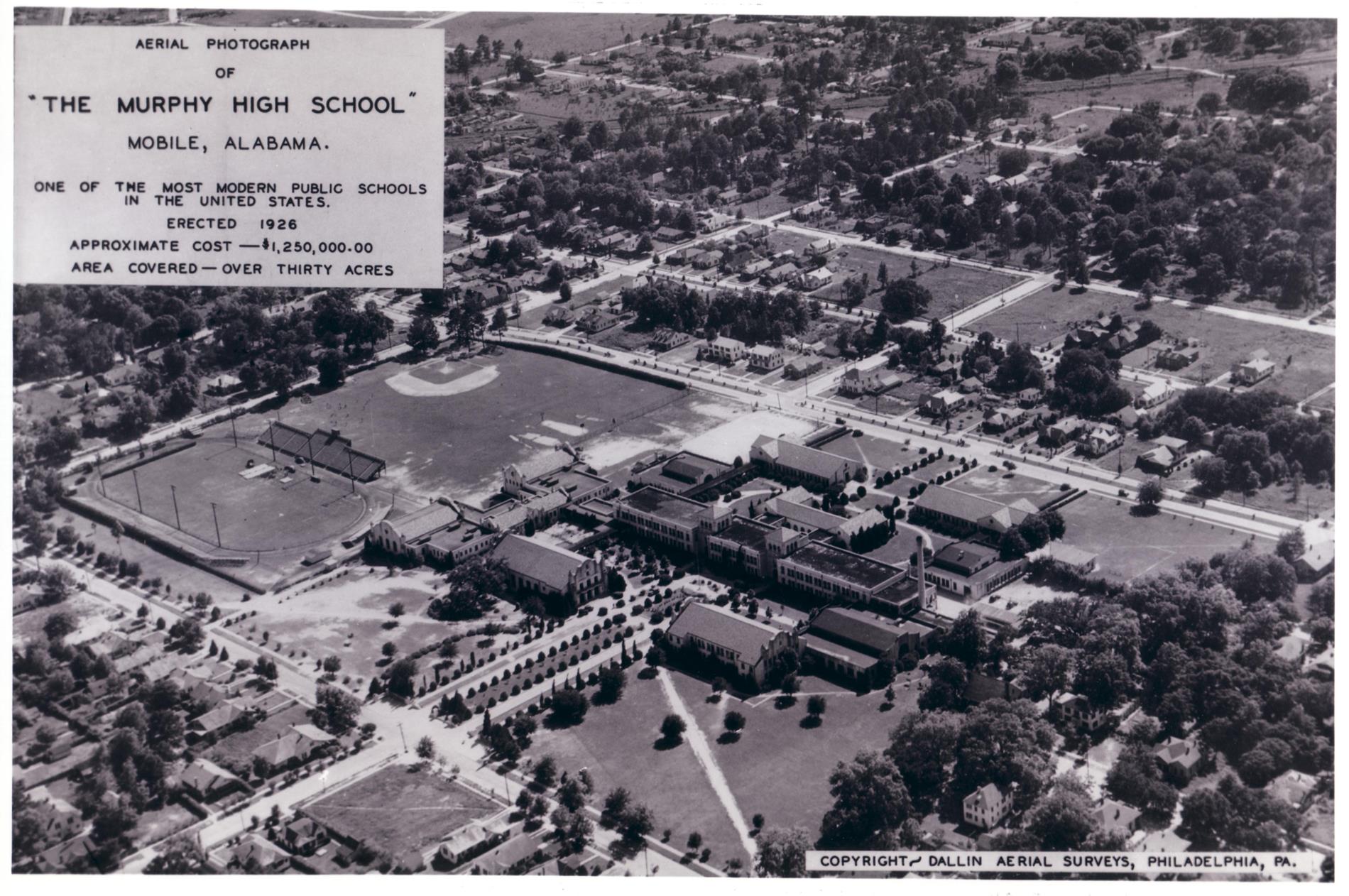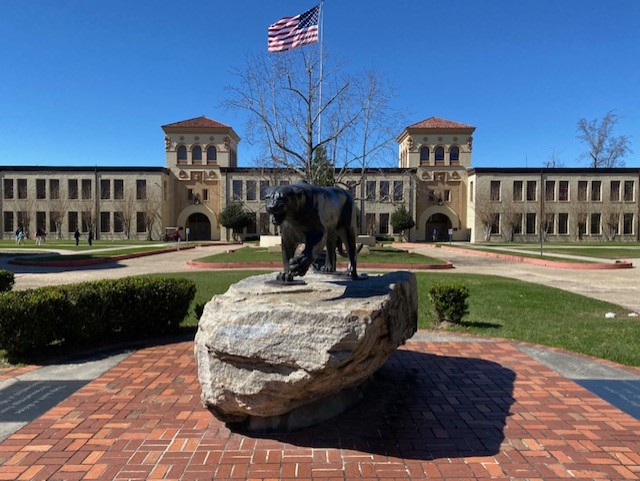
When defining The MYSTIQUE of Murphy, who better to ask than those who know her well.....
We will never be able to define the Murphy Mystique. It is too multi layered, complicated, and mysterious. It comes from our history, our passion, and our identity. Murphy is inextricably tied to Mobile history, and having a connection to it is a source of pride for people. That is part of the Mystique. I think it comes from a sense of connectedness. Everyone who attended or worked here knows the same songs, the same cheers, the same history, the same halls, the same classrooms. The fact that the connection goes back so many decades makes it special. That is what creates the Mystique, which is a feeling of pride and love.
-Noel Tate
-
What makes Murphy so grand is our alma mater. I am a musician and I have heard many high school and college alma maters. The Murphy High School alma mater is one of the prettiest alma maters I have heard. Every time I sing or play the Murphy High School alma mater, I get goose bumps.
-Carl Cunningham Jr., Pd.D.
The “Murphy Mystique” comes from the rich history and tradition of Murphy and the size of the campus. Murphy seems almost like a Hogwarts-ish place full of old traditions, beautiful buildings, and classic stories. The “Murphy Mystique” encompasses all of that. Murphy High School is the heart of Mobile and its mystique comes from the wonder and mystery that surrounds it.
-Bernard Crandle

The Spirits of Murphy....
I'm sorry to have been long winded, but now you know the story of our campus ghosts, both real and fictional. I hope you all come to love our campus and our history as much as teachers have since the 1920s when we moved here from Barton. We really do work at a very special place, and we are lucky to be a part of her history.
-Noel Tate
The piano has and still does play by itself at times. Myrtle does sing every spring semester on the same song with a very beautiful high pitched harmony. Some classes have actually stopped singing when this happens to figure out who is making that tone because it sounds much better than a "beginning singer". About 5 years ago, I started inviting Myrtle to guest artist on the spring concert!! The door does open and close by itself along with the windows. This happens during class with students, so students can vouch as well. I always listen for whistling when that happens but only hear the sounds of "Murphy".
Lastly, I like to think that "Sarah", as me and Green collectively call them since we co-habit, is mentioned in our famous alma mater in the second verse where it states: "a soul was there, a soul so fair, who spirit shall never die" -Joel Stevens

Land was bought on the outskirts of the city. The Carlen family owned a farm on Carlen Street where they had been since 1842. They sold the farm to the city and construction was begun. Barton Academy officially moved to the new Mobile High School in 1926. The campus only had one tree, but we will save the story of our beautiful trees for another day. The colors of blue and gold (blue of the southern sky and gold of the sun) were brought with them from Barton, and the students voted the Panther as the school mascot. The yearbook became the Mobile High Annual, known as the Mohian. Two years later, Mobile High was renamed Murphy High School in honor of former superintendent Samuel Silenus Murphy.

Murphy Cheerleaders 1996/97 Reunite

One of Murphy’s longest running traditions is our graduation ceremony.
If you have not attended a Murphy graduation, you may not be aware it is very different from ceremonies at other schools.
The biggest difference in our graduation is that our ceremony is traditionally student led and student centered. Students themselves began this tradition when the school was still housed at Barton Academy and brought the tradition to Carlen Street. Rather than having a guest speaker give a commencement address, seniors vote six of their classmates to serve as senior speakers. An open call is made to the senior class for tryouts. Those interested prepare a speech that is presented to select faculty members. The field is narrowed down, and those candidates present their speeches to the senior class at a class meeting. After hearing the sample speeches, seniors vote on six of those to speak at graduation. These six representatives meet for several weeks with a sponsor (currently Mrs. Delchamps) to choose a theme for graduation and write their speeches. Speeches reflect the chosen theme and will recount that their years at Murphy. Because of this, the speeches are much more sentimental and meaningful to the graduates.
Most schools have an assistant administrator call names of graduates and they are handed a blank sheet of paper as they cross the stage. Murphy again has students lead this portion of their ceremony. Teachers make recommendations of seniors to be roll callers. The graduation sponsor (Mrs. Enfinger has passed this job to Mr. Plattenburg) chooses a diverse group from that list, attempting to make sure all graduates feel they are represented on stage. Preparing for this part of the program is one of the most time-consuming parts of graduation practice because roll callers have to learn correct pronunciation of all the names they are calling. On graduation day, roll callers call names as students cross the stage and the principal hands them a scroll containing our school creed. They are given a date when they can come back to campus to pick up their actual diploma. An interesting side note is that some graduates have never picked theirs up, and we have some of those left behind diplomas from as far back as the 40s.
The appearance of our graduation is different as well. As far back as our history is recorded, Murphy has worn white caps and gowns with no stoles. Girls must wear a white dress with white flats and guys must wear khaki pants, white shirts, along with a tie and dress shoes in black or brown. Gowns are not allowed to be hemmed and caps are not allowed to be painted and decorated the way some colleges allow. This keeps our gradation looking very regal, formal, and respectable. While some schools allow various cords, Murphy has always limited cords. For many years none were allowed. Eventually, National Honor Society cords were allowed, and now we do allow a credential cord as well. While it would be nice for all cords to be allowed, Murphy has just always had too many groups which would make the cords a distraction.
Our graduates do not line up alphabetically. They are lined up by height. The reason for this is that the sea of graduates looks very crisp and formal when they walk in and are seated. Rather than varying heights, the audience sees the group rising front to back like a wave. A side benefit to this is that families do not attempt to come late or leave early based on their student’s last name and when they think that student will cross the stage.
Some of our traditions have been around so long we tend to think that they have always been a part of Murphy. Two of those are songs we sing at graduation. Graduation Days and our Alma Mater seem to have been a part of Murphy since the beginning, but they each came along later. The Alma Mater was adopted in 1945 and Graduation Days was written in the late 40s but became a hit for the Four Freshmen in 1956. Sometime around then was when it was incorporated into our graduation ceremonies. Every year graduates are required to learn and sing both of those songs at graduation. Of course, every year we struggle with getting them to sing the Alma Mater in the traditional manner rather than yelling repeated Mobile Bay in the Alma Mater.
Through the years graduation has been held in various locations including Ladd Stadium, the Mobile Civic Center, and the Mitchell Center at USA. This year we are slated for a 1 PM graduation at Ladd Stadium due to covid restrictions. Regardless of location, Murphy is special in that our ceremonies are always traditional and allow graduates through the years and decades to connect. Graduates from the 50s and graduates from this year all know the same songs and all experience the same graduation ceremony. It gives us a continuity and a history that other schools do not have. This is just one more way that Murphy is special and unique. -Noel Tate









